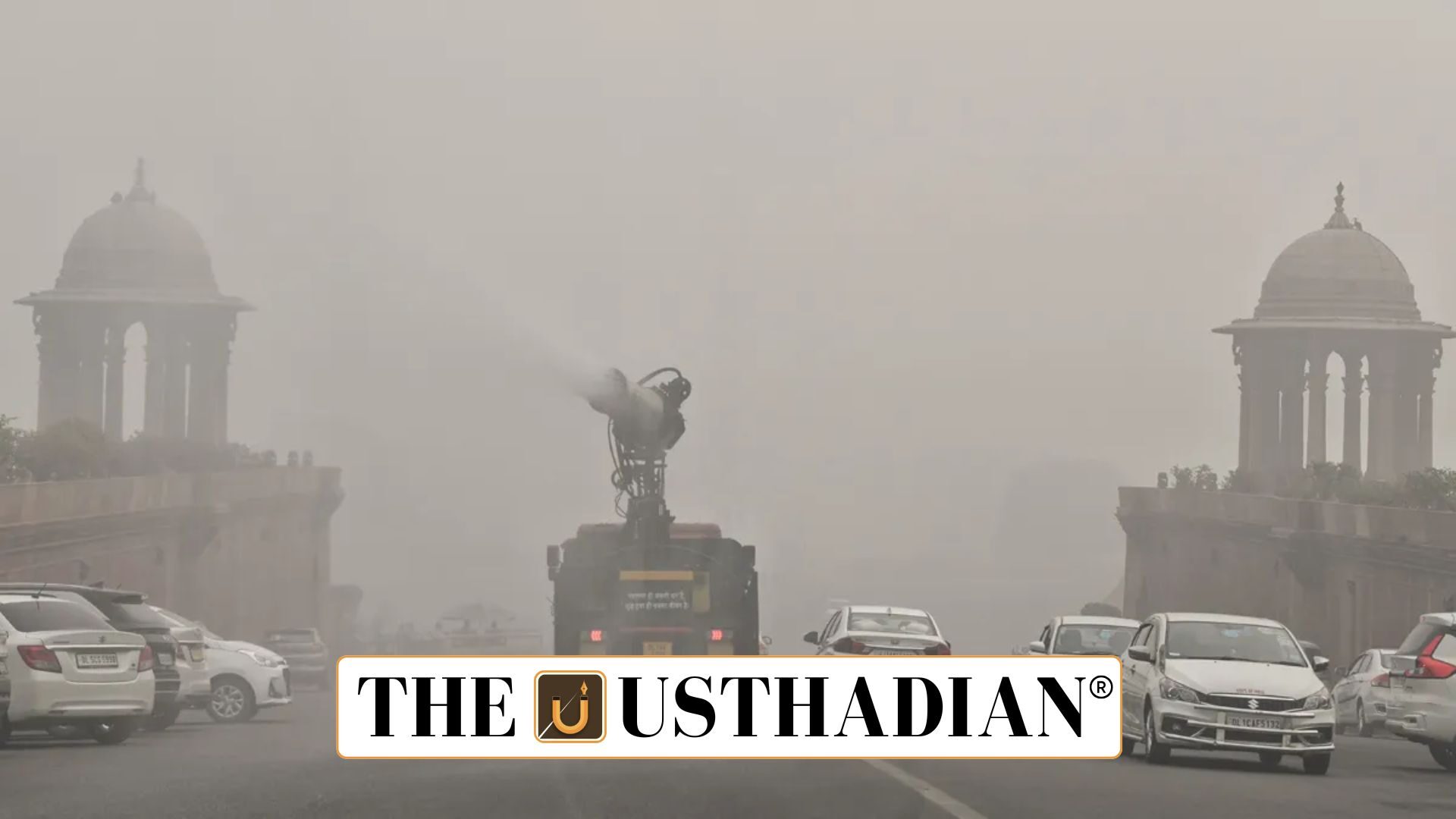Artificial rain initiative begins in Delhi
Delhi Begins Cloud Seeding to Fight Air Pollution: In a significant move to tackle air pollution, Delhi will launch its first cloud seeding operation from August 30 to September 10, 2025. The initiative, costing ₹3.21 crore, involves deploying five specialized Cessna aircraft to spray chemical agents over selected areas of northwest and outer Delhi to stimulate rainfall.
This mission, originally set for July, was pushed back on expert recommendations from the India Meteorological Department (IMD) and Indian Institute of Tropical Meteorology (IITM), Pune, who advised waiting for more suitable weather conditions.
Understanding cloud seeding
Cloud seeding is a scientific technique used to artificially induce precipitation. It works by introducing particles such as silver iodide, rock salt, or dry ice into clouds. These act as nuclei around which water droplets can condense and eventually fall as rain.
Static GK fact: The first cloud seeding experiment was successfully conducted by Vincent Schaefer in 1946 in the United States.
The pollution problem in Delhi
Delhi has long struggled with high levels of air pollution, especially during winter. In the 2024–25 season, PM2.5 concentrations averaged 175 µg/m³, a figure significantly above the permissible limits. Prolonged exposure to this level of air pollution is estimated to reduce life expectancy by nearly 12 years, as per WHO standards.
The state government is considering cloud seeding as a short-term method to temporarily lower airborne pollutants, particularly during high-risk periods.
How the project will operate
The plan involves flying five modified aircraft, each capable of covering about 100 square kilometers per flight. Each sortie will last approximately 90 minutes, during which the planes will release a combination of silver iodide nanoparticles, iodised salt, and rock salt. These materials have been prepared by researchers at IIT Kanpur.
The focus will be on areas with lower airspace restrictions to avoid operational conflicts.
Static GK Tip: India’s cloud seeding programs began taking shape in the early 2000s, with Karnataka initiating one of the first large-scale attempts in 2003.
Why the delay was necessary
Though initially scheduled for early July, the project was delayed due to unfavorable monsoon cloud formations. Effective seeding requires moisture-rich and stable clouds, which were unlikely at that time. Experts indicated that late August and early September present better chances for successful artificial rainfall.
Questions around long-term impact
While the plan shows promise in terms of emergency pollution relief, many experts argue that it is not a substitute for emission control. It does not eliminate pollutants but merely helps settle them temporarily. Moreover, since the trial is during the monsoon, its results may not apply to peak pollution months like November and December.
Environmental and policy considerations
Some concerns have been raised about how artificial rain might impact local ecosystems or disrupt natural weather cycles. There are also debates around the cost-effectiveness and feasibility of scaling up such operations across other regions.
Nonetheless, the project reflects Delhi’s growing urgency to explore innovative tools alongside long-term strategies to address its air quality crisis.
Static Usthadian Current Affairs Table
Delhi Begins Cloud Seeding to Fight Air Pollution:
| Fact | Detail |
| Project Cost | ₹3.21 crore |
| Execution Window | August 30 – September 10, 2025 |
| Area Covered | 100 sq. km per sortie |
| Aircraft Used | Modified Cessna planes |
| Seeding Agents | Silver iodide, iodised salt, rock salt |
| Developer of Seeding Material | IIT Kanpur |
| Monitoring Agencies | IMD and IITM Pune |
| Average PM2.5 in Delhi (2024–25) | 175 µg/m³ |
| Potential Rainfall Increase | 5–15% |
| India’s First Cloud Seeding State | Karnataka (2003) |








